Opening with three doors on the front.
Work from the end of the 19th century. The bronzes are marked on the back ZJ, attesting to the prestigious origin of this piece of furniture.
Some details on this subject:
The "ZJ" mark has long been controversial among experts on 19th century Parisian furniture, some attributing these pieces of furniture to the Zwiener house, others claiming that they are pieces of furniture from the Jansen house, the latter having bought the Parisian workshops of the famous Zwiener brothers in 1895.
We can cite for example Christopher Payne, the leading expert on the subject who writes in his book "Paris la quintessence du meuble au XIXème siècle" in the chapter on "Jansen Jean-Henri (1854-1929)" on page 396: "The initials "ZJ" affixed to the back of the bronzes have long been attributed to Jansen, cited as "Zwiener Jansen". However, we believe that these initials also refer to the furniture made in Berlin by Julius Zwierner and not necessarily to those of Jansen. To complicate things, Jansen bought the "ZJ" master models. The latter being mainly of the type and style of those originally modelled by Léon Messagé, who was an independent sculptor until the end of 1890."
Along similar lines, Christopher Payne writes in the chapter on "Zwiener Emmanuel (1849-after 1907) & Zwiener Julius (1867-1922)" on page 555: "Another mark, "ZJ", has in recent years been attributed to works after 1895, made by Jansen after he took over the business in 1895. This is clearly an error. The mark "ZJ" is not that of Jansen using Zwiener's master models, but the mark of Julius Zwiener who cast himself. As far as we know, however, the mark "ZJ" is not exclusively that of Julius Zwiener in Berlin but also one of those that the brothers used to identify their models in Paris. It is almost certain that the master models from Paris were also used in Berlin, so that the marking of the bronzes does not prove the country of origin of the finished piece, for the attribution of which one takes into account the stylistic basis. "
If we stick to this last sentence and are interested in the stylistic basis, it is likely that our piece of furniture rather comes from the Jansen workshops just after the purchase from Zwiener, a house which then bore the name "Zwiener Jansen Successeur". For example, on page 397 of the said work we find the photo of a piece of furniture with a half-moon support height presenting exactly the same marquetry patterns as our piece of furniture and signed with the two names "Zwiener Jansen".
We thank Mrs Clara Villani who kindly confirmed our analysis and the attribution of this piece of furniture, as part of her doctoral thesis at the Sorbonne on "The bronzes of cabinetmakers from the Zwiener and Jansen houses (1880-1930)".
In any case, whether it comes from the workshops of the Zwiener brothers or those of Jansen, it is indeed an exceptional piece of furniture, with an exceptional quality of execution (the marquetry is of a breathtaking finesse and precision).
Very good condition, entirely restored by our workshop, french polish finish.
We thank Mrs Clara Villani who kindly confirmed our analysis and the attribution of this piece of furniture, as part of her doctoral thesis at the Sorbonne on "The bronzes of cabinetmakers from the Zwiener and Jansen houses (1880-1930)".









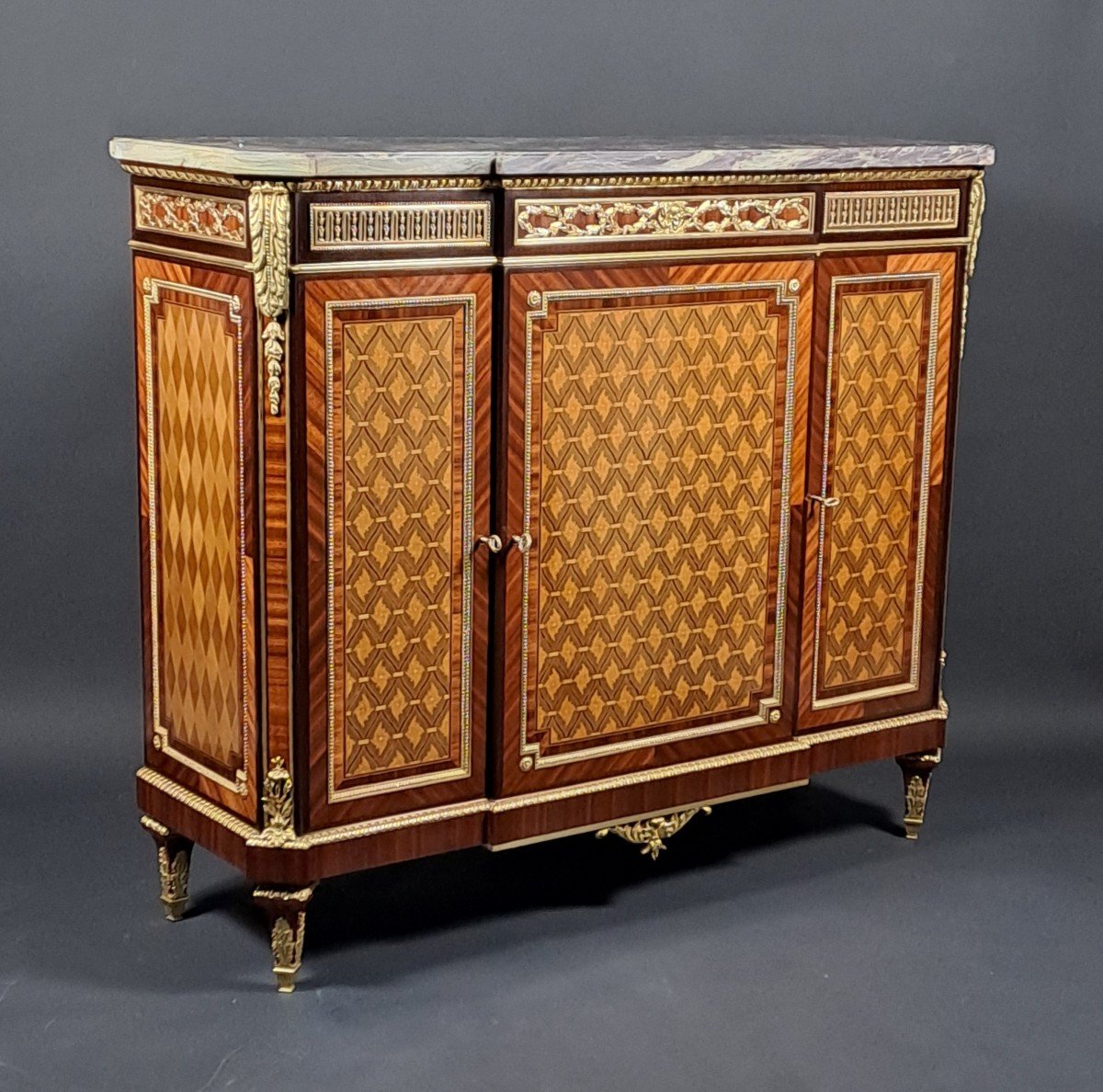

















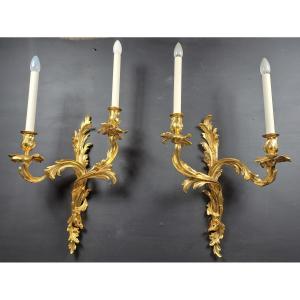



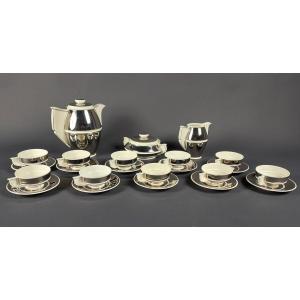



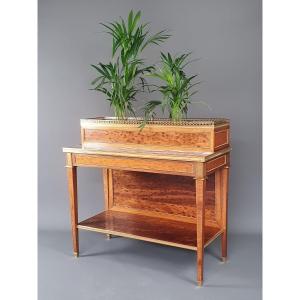


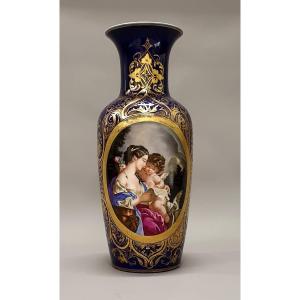







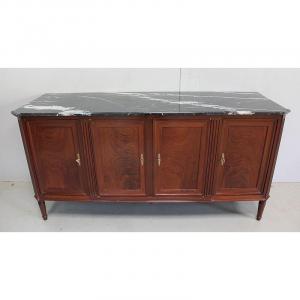



 Le Magazine de PROANTIC
Le Magazine de PROANTIC TRÉSORS Magazine
TRÉSORS Magazine Rivista Artiquariato
Rivista Artiquariato